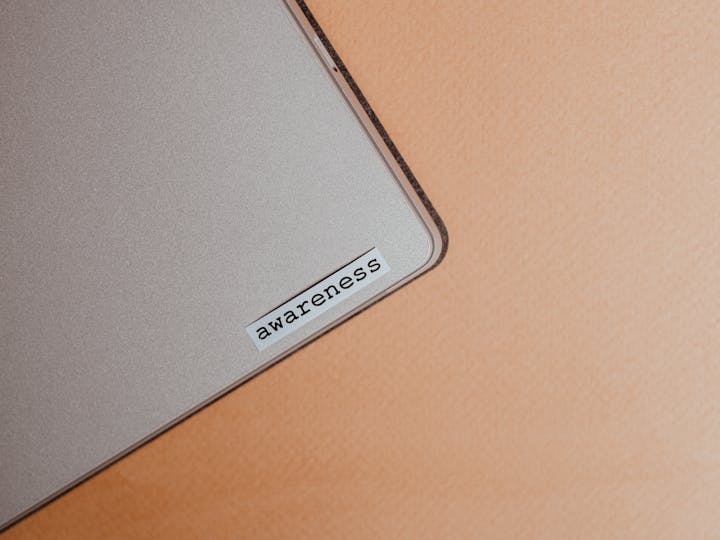In a digital-first era, offline brand awareness may seem like a lesser priority, but for companies with tangible customer interactions or worksite presence, it’s still a critical piece of the marketing puzzle. Whether you operate within construction, logistics, hospitality, or retail, building brand awareness in physical spaces remains a powerful strategy to improve recognition, reputation, and recall. Here are seven clever, proven ways to do just that.
1. Leverage Branded Workwear
Uniforms are more than just dress codes—they’re walking advertisements. By equipping your team with branded workwear, your company name and logo gain repeated visibility in real-world environments. This is especially effective in high-traffic or high-visibility roles like retail staff, field engineers, or construction workers. Consistent branding across workwear not only strengthens identity but also signals professionalism and trust to onlookers.
2. Sponsor Local Events or Community Initiatives
Sponsoring local events is a proven way to connect your brand with the communities you serve. Whether it’s a grassroots sports team, a school fundraiser, or a community clean-up, having your brand featured on signage, uniforms, or event materials shows your commitment to shared values while increasing visibility. Research examining sponsorships at major Australian sporting events found that this approach can meaningfully boost both brand awareness and brand attitudes, making it a powerful offline strategy for organisations looking to build recognition and trust in a tangible way.
3. Make Your Packaging Work Harder
Offline branding isn’t limited to merchandise or apparel. Packaging, especially in retail, hospitality, or product distribution, plays a key role in brand storytelling. Well‑designed, eco‑friendly packaging that reflects your brand’s identity can turn a one‑off customer into a loyal one. Research has shown that consumers form consistent perceptions of a product’s value, quality, or positioning based on visual packaging cues such as colour, typography, and imagery. This suggests that packaging is not just aesthetic—it actively influences how consumers interpret and choose between products.
4. Distribute Branded Promotional Merchandise
Promotional products have long been a staple in offline marketing strategies, and for good reason—they’re useful, long-lasting, and offer excellent return on investment. Items like tote bags, pens, drinkware, and USB drives remain in circulation for months, keeping your logo in sight. For industries where safety and durability are key, items like durable hard hats for worksites serve both a practical and promotional purpose. This dual function ensures repeated exposure in environments where trust and visibility matter most.
5. Utilise Vehicle Signage
If your business involves company cars, vans, or trucks, think of them as moving billboards. Vehicle wraps and decals are a cost-effective method of increasing your brand’s reach without recurring advertising costs.
6. Host In-Person Workshops or Demos
For B2B or niche industries, in-person workshops, seminars, or product demonstrations provide an excellent opportunity for face-to-face interaction. These events not only showcase your expertise but also position your brand as a knowledgeable resource within your field. Attendees are far more likely to remember your brand when it is associated with a valuable, hands-on experience.
7. Create Branded Signage and Point-of-Sale Displays
Whether it’s a trade show booth or a retail checkout counter, physical displays are critical brand touchpoints. High-quality signage helps you stand out, reinforces your identity, and directs customer attention where it matters most. When executed well, point-of-sale displays can increase impulse buys by up to 20%, making them a smart dual-purpose investment in both marketing and sales.
Bringing Your Brand to Life Beyond the Screen
Offline brand awareness isn’t just about visibility—it’s about visibility with purpose. Each touchpoint, whether on a uniform, a product, or a vehicle, is an opportunity to convey trust, quality, and professionalism. By strategically using tangible assets in real-world contexts, businesses in Australia can craft a brand presence that’s not only seen but remembered.


